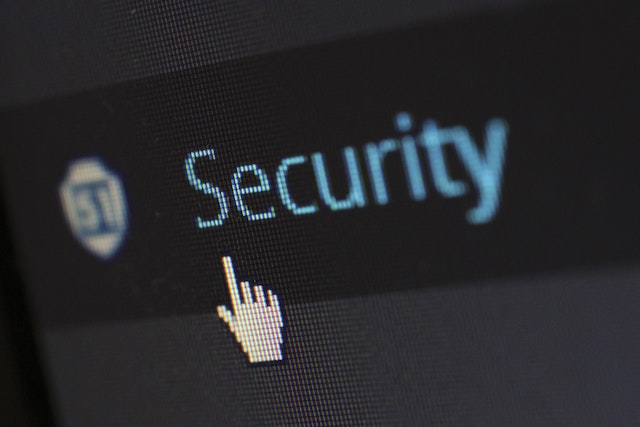The cybersecurity threat landscape changes quickly, with ransomware, supply chain exploits, multi-vector attacks and others increasing and becoming more sophisticated. In response, security teams need to evolve quickly to stay ahead, and over the last year we’ve seen a number of new trends emerge that will shape the cybersecurity landscape in 2023. Gartner have highlighted the following seven:
1. Wider risk management
As more employees now work remotely, collaborating through public cloud services and working with highly connected supply chains, the opportunities for attack increase. As a result, security teams need to look beyond traditional methods of detection to cover these new risks.
2. Identity system defence
Given the misuse of credentials is the main way that criminals access systems, tools and processes are being developed to defend them. These will likely become more consolidated in future.
3. Digital supply chain risks
It’s predicted that the number of companies that experience software supply chain attacks will triple by 2025. As a result, companies will need to work closely with, and put pressure on, suppliers to ensure best security practices are in place.
4. Consolidation of suppliers and tools
Rather than purchase different tools for specific risks (which can leave gaps in general security) more vendors are consolidating their tools into one platform which overall should reduce complexity, cut costs and improve efficiency.
5. Cybersecurity mesh
By Gartner’s definition, this is “a modern conceptual approach to security architecture that enables the distributed enterprise to deploy and integrate security to assets, whether they’re on premises, in data centres or in the cloud.” Overall, they believe this will reduce the financial impact of individual security incidents.
6. Distributed decision making
Cybersecurity decision making needs to be more agile to meet digital business priorities. This is too big a job for a centralised CISO function, so instead, companies are enabling more distributed decision making, whilst the CISO continues to set security policies.
7. Reducing human error
Human error remains one of the main features in security breaches. This calls for more holistic behaviour and culture change programmes that will help provoke more secure ways of working.
